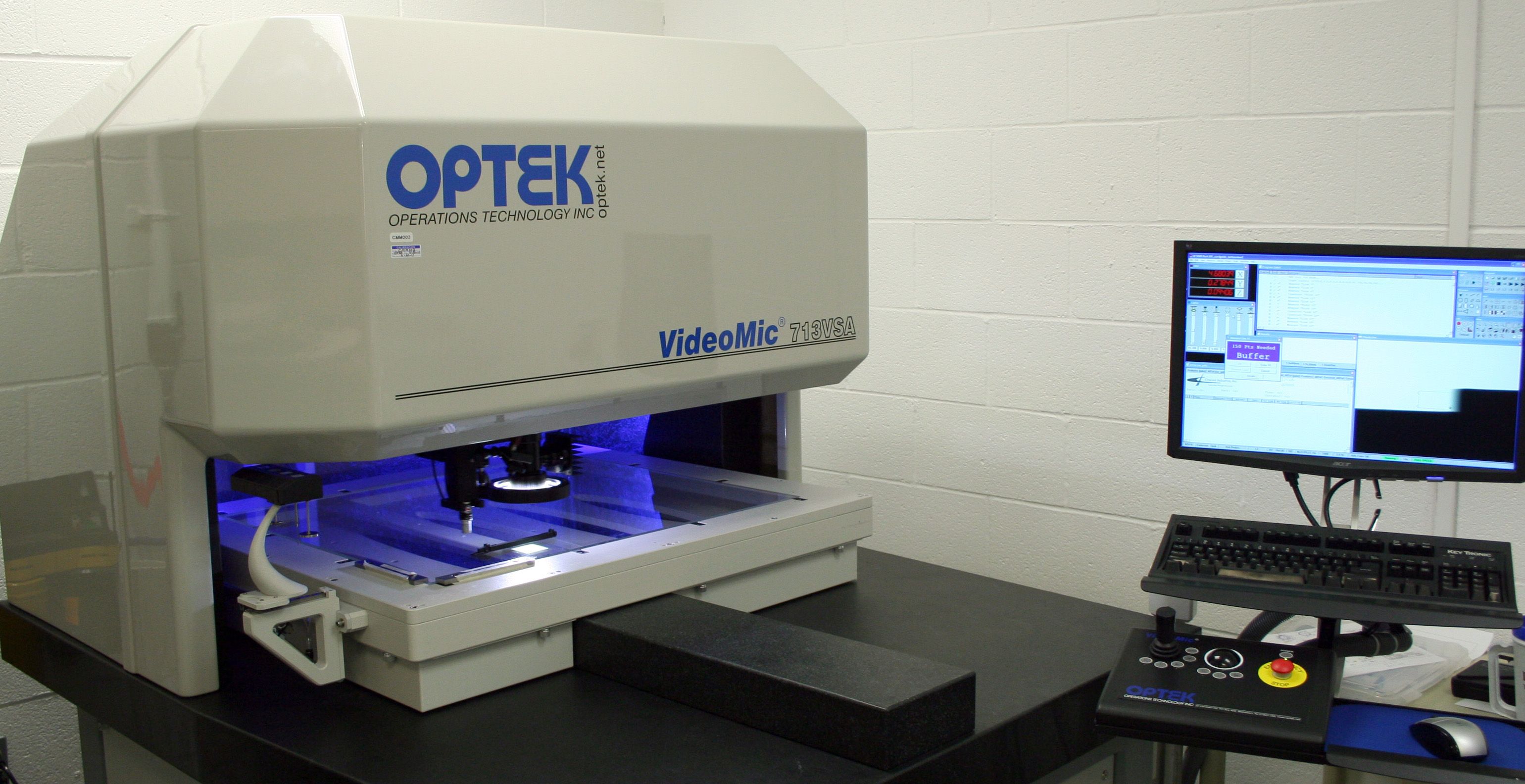Injection molding video measuring technology has evolved in parallel with the advances of manufacturing technologies. Today parts are designed in computer-aided design software, then machined on tools with tolerances that are tighter than ever. Non-contact vision measurement technology has also continued along with this pace.
Verifying Quality Features on Manufactured Parts
Video measuring machines for injection molded components verify the quality of features on the manufactured parts. New computers and software, modern illumination techniques, and advances in optical design make today’s video measurement systems faster, highly accurate, and far more capable.
Since the cameras used for video measurement are made up of numerous pixels, each of those pixels can act like that single-edge detector like the comparator, and they can do so simultaneously. This single difference is a fundamental advantage of video measurement.
Because the camera is capable of providing singles from each of its pixels, the video measuring system can find multiple edge points from the entire image. This provides faster inspection and maximizing measurement throughput.
Video Measurement Systems: Good For Exposing Edges
Video measurement systems are also good for exposing edges that do not cast a shadow when lit from behind. This opens up this technology to parts of all shapes, sizes and materials constrained only by the need to fit on the measuring machine and contain features that can be seen by the camera.
It is this feature that makes video measurement so popular for a wide range of applications across numerous industries. Since the measurements are performed to confirm or verify that dimensions match the design drawing, there are some considerations to take into account for how a video measurement of surfaces and edges differs from how those same features are measured by CMM with a touch probe.
The Most Precise Edge Measurements Available
Video measurement systems for injection molding measure component edges directly. An edge exists where there is a transition in the scene imaged on the camera at a boundary between areas where there are changes in characteristics like intensity, color or roughness across the boundary.
A touch probe CMM doesn't directly measure edges, because points are taken from any surfaces that intersect in the areas seen as edges. This difference has indications when the time comes to compare these measurements with of those on the edges against the design drawing.
In the simplest case an edge of a 3-d part is formed by the intersection of two planes. If those planes are perfectly flat the resulting edge is a straight line. Video measurement of that edge should match the CMM measurement.
Differences can occur when one of those planes is not perfectly flat. Probing a number of points on the plane and then carefully fitting those points to a plane in software - and then simply intersecting that calculated plane with the other plane. When it is measured in this manner it will always result in a straight line, or "edge".
Enjoy More Complete Control of The Measurement Process
However, direct video measurement of the line (or edge) formed when two intersecting planes are not perfectly flat. This will provide a different result than the CMM.
With video measurement systems - such an edge will factor the waviness into the feature size and location calculation. In such a case, video offers the advantage that numerous points are collected simultaneously to form a feature rather than the feature calculation being the result of many separate point-by-point measurements.
At Crescent Industries, utilizes an Optek Videomic video inspection and measurement system for inspections required to verify and qualify plastic part from First Article Inspection, Capability Studies and In Process Inspection as necessary.
Sources for this article were drawn from:
Video Measurement Continues to Evolve
Video Measurement: 30 Years of Technological Innovation

